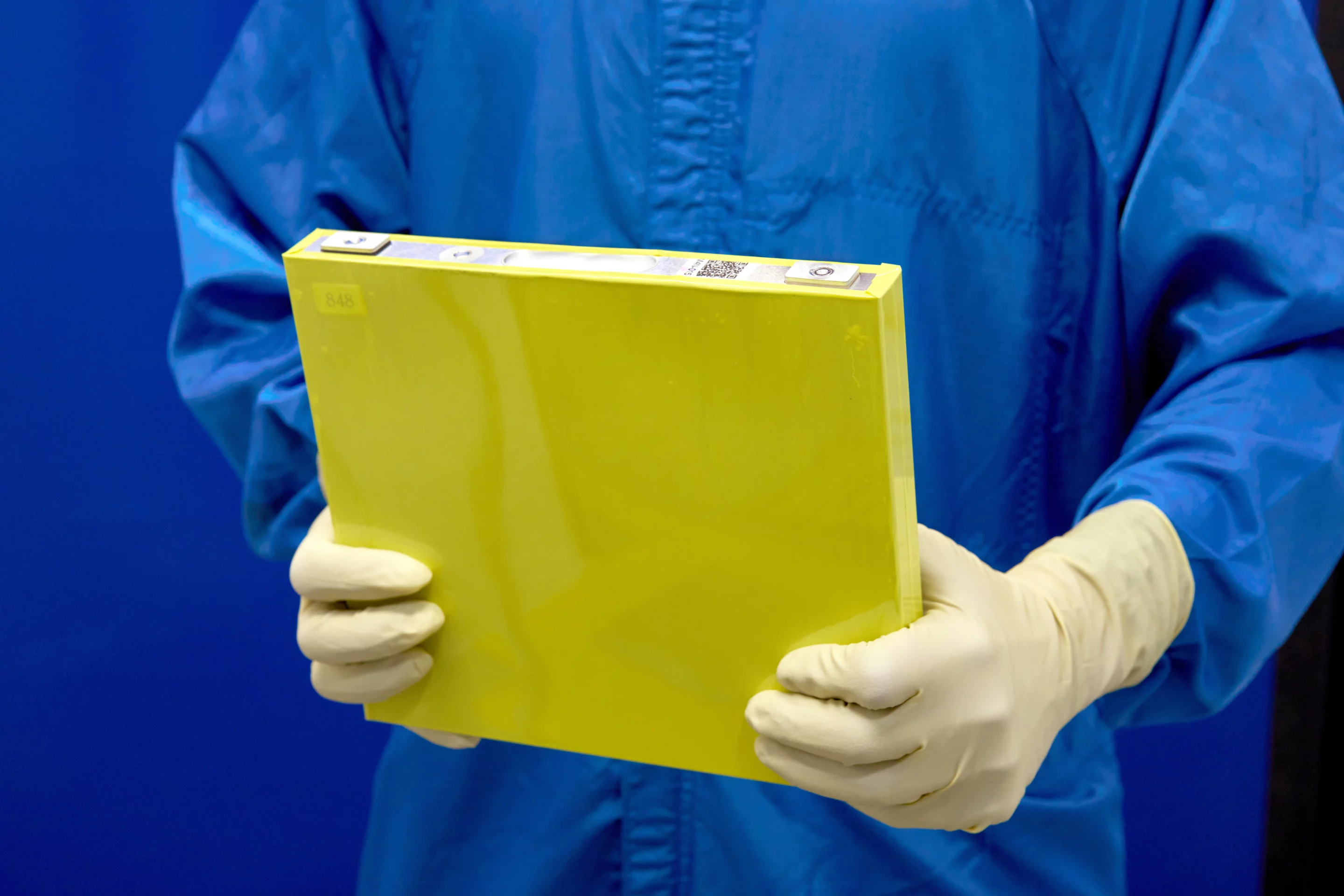General Motors and LG Energy Solution have announced plans to put lithium manganese-rich (LMR) prismatic battery cells into production. The cells will be used in future full-sized trucks and SUVs as part of GM's Ultium platform.
The companies have been working together on manganese-rich batteries since 2015, with LG's original patent for them dating back to 2010. LMR cells reportedly offer a 33% higher energy density when compared to leading lithium-iron phosphate (LFP) cells. GM says this feature will boost range to over 400 miles (644 km) in most of its full-sized electric vehicles.
In addition to the efficiency gains, LMR prismatic cells are also claimed to be more cost-effective. LMR tech reduces the amount of expensive cobalt and nickel use in the cathode, replacing it with less costly manganese. It also reduces the number of battery components by 50%.
LG Energy Solution is currently planning to start pre-production of the LMR cells in late 2027, with full production going online in 2028. Production will be at GM and LG's Ultium Cells plants in Ohio and Tennessee.

"We’re excited to introduce the first-ever LMR prismatic cells for EVs, the culmination of our decades-long research and investment in the technology," said Wonjoon Suh, executive VP and head of the Advanced Automotive Battery division at LG Energy Solution.
Source: General Motors





